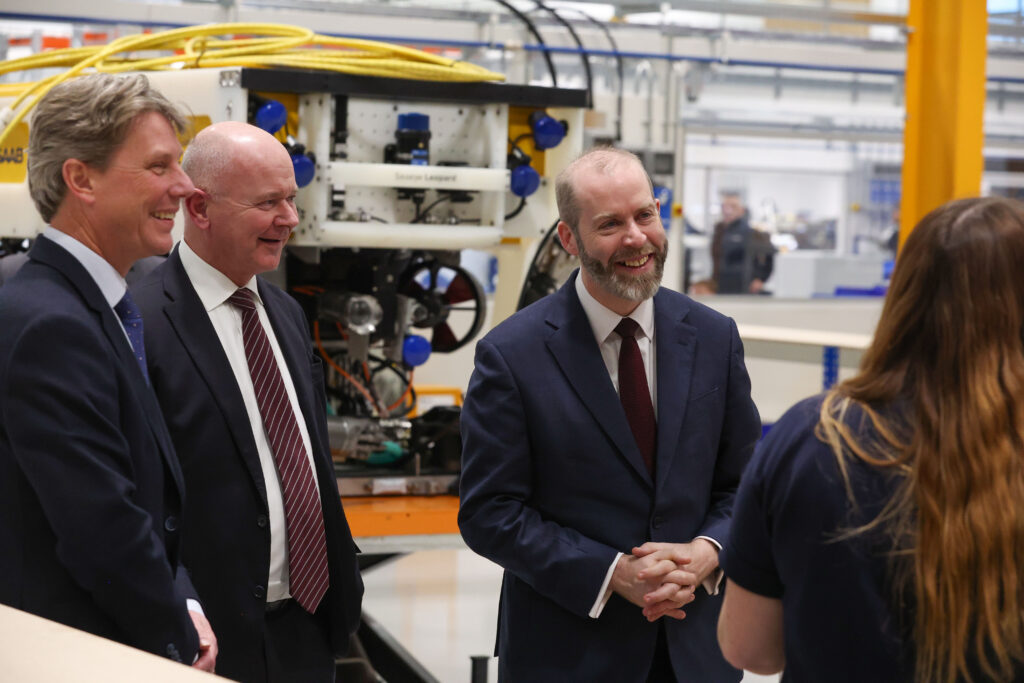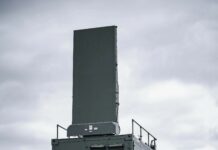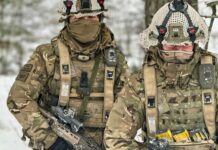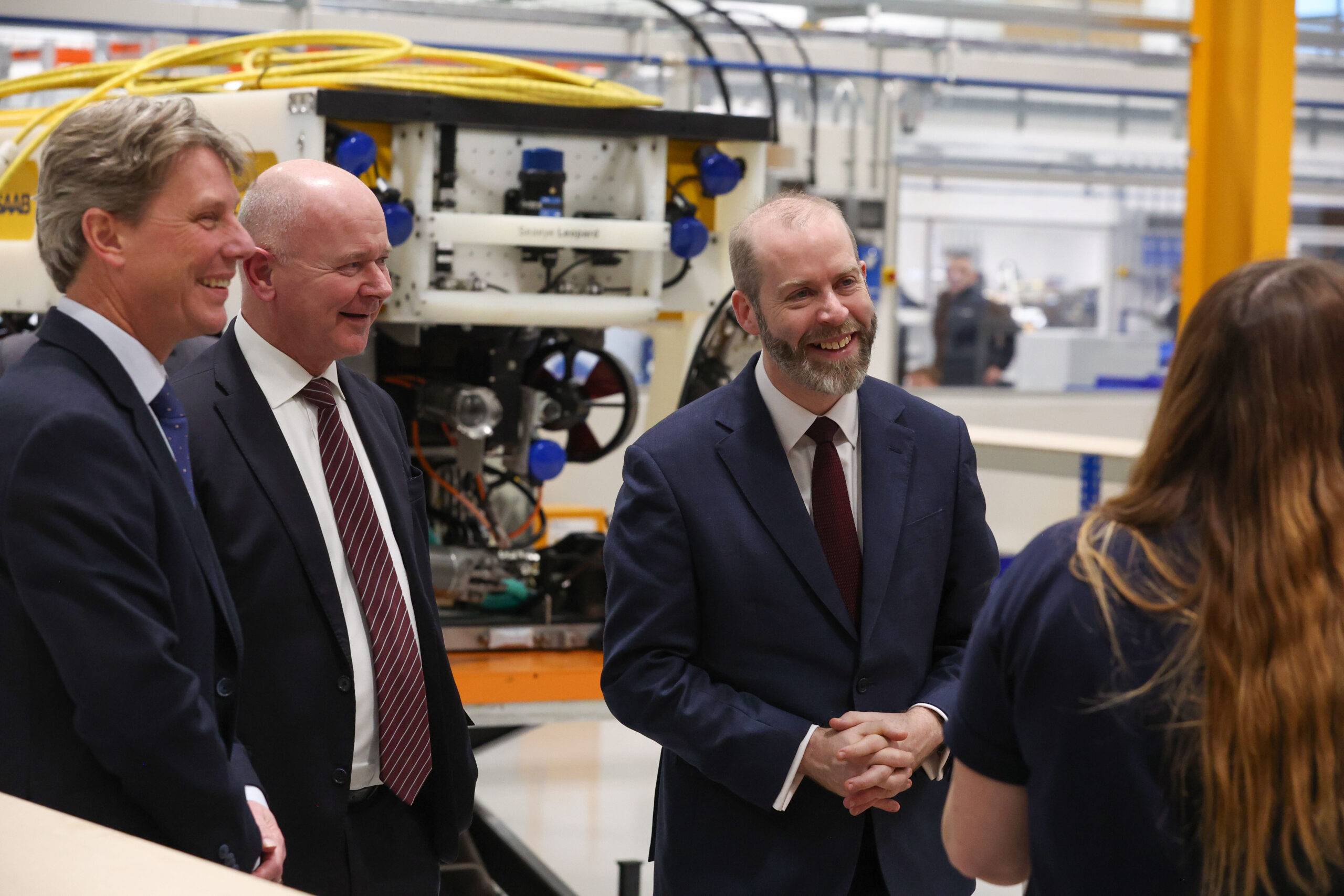
Saab UK officially inaugurates new state-of-the-art campus near Fareham
Peter Felstead
Saab UK officially inaugurated its new state-of-the-art campus near Fareham, Hampshire, on 4 February 2025.
The site actually began operating several months ago, but was officially inaugurated with a visit from Saab President and CEO Micael Johansson and UK Secretary of State for Business and Trade Jonathan Reynolds.
The site’s activities cover two main areas: developing, manufacturing and supporting Saab’s radar systems; and providing a new location for Saab’s Seaeye business, which is a world leader in developing electric underwater robotics.
As a radar production and maintenance site, the new campus will particularly benefit the UK armed forces, providing in-service support for their Giraffe 1X and Giraffe AMB air defence radars and Taipan (Arthur) artillery-locating radars. It will also double Saab’s radar production capacity alongside the company’s existing facilities in Gothenburg, Sweden, to respond to new orders.
As a new state-of-the-art facility for Saab’s Seaeye business and its range of underwater remotely operated vehicles (ROVs), which are used for defence applications as well as in several commercial sectors, the Fareham site could find itself at the forefront of UK and allied efforts to protect critical undersea infrastructure from malign Russian and Chinese interference.
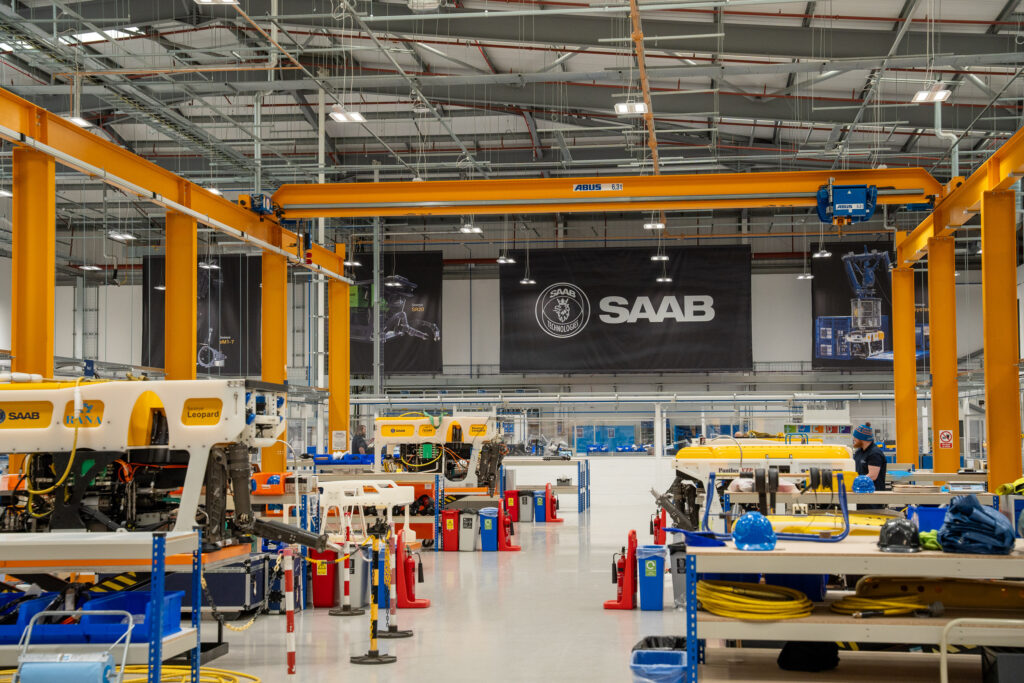
The radar production at Fareham has been achieved through a technology transfer from Sweden, but Saab also has plans to grow sovereign UK intellectual property out of the Fareham site.
Asked at a press facility at the site on 4 February how Saab will achieve this, Johansson told ESD, “This radar technology that we have transferred here has great potential to improve in terms of functionality: AI [artificial intelligence] algorithms and stuff like that. So you can easily build software IP locally if you have a team doing that. That’s why I mentioned this must be an innovation hub as well; not only a manufacturing site.
“All the CONOP [concept of operations] situations that the different type of users have will have some sort of tailorisation to them … so there will be IP builds from the UK side. And when you have a critical mass of competence, you can also take the next step: you can build a new version of the radar.”
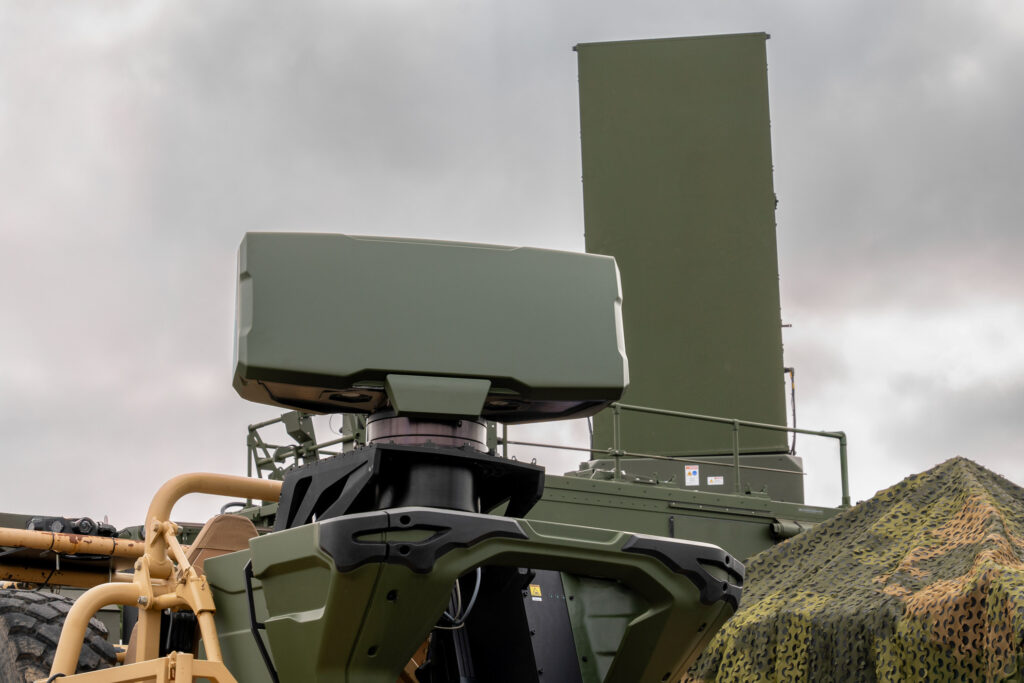
Andy Fraser, group managing director for Saab UK, added, “The Seaeye business, our underwater robotics centre of excellence, that’s a full product life-cycle business: a great example of where we invest in research and development of new products and take them all the way through, get them in hands the user and then support them through their life.”
Referring to Seaeye’s SR20 ROV, the latest addition to Seaeye’s ROV portfolio that can operate at depths down to 3,000 m, Fraser said, “That’s an absolute game-changer. That’s state-of-the-art technology to be able to put that kind of competency into the hands of the users, at those depths, with that amount of power, but doing it electrically rather than hydraulically brings safety improvements, autonomy improvements, environmental improvements. It’s a significant step forward. That’s something that we’ve already done, and so I expect that to continue. The one thing that attracted me to come and work at Saab is the fact that we invest 17% of our revenues into research and development.”
